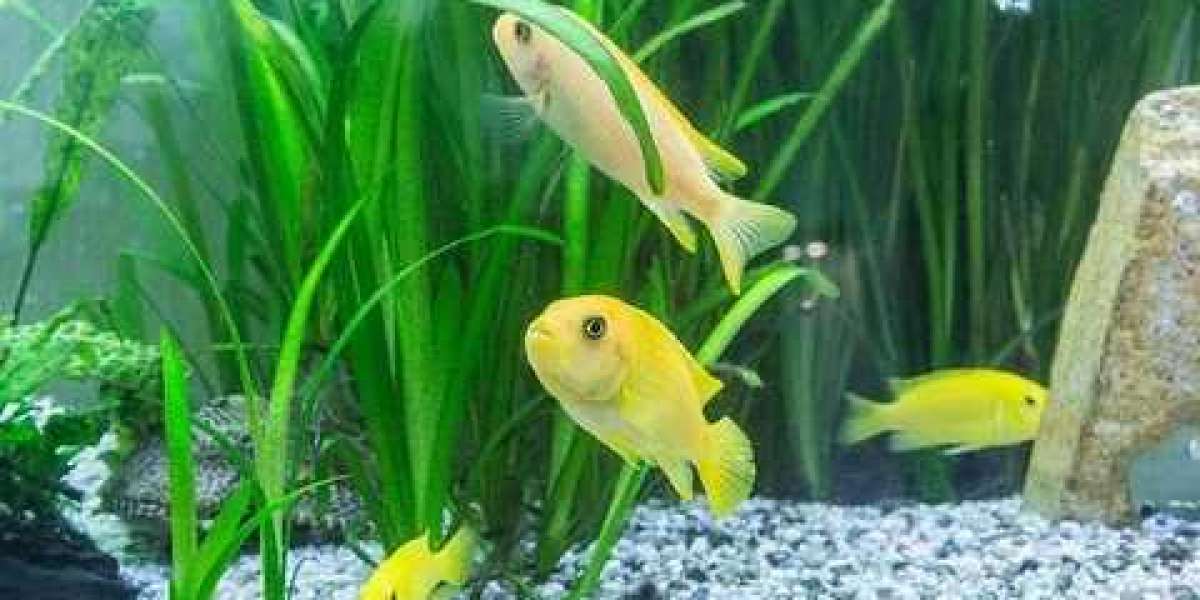Cutlery includes any hand implement used in preparing, serving, and especially eating food in Western culture. A person who makes or sells cutlery is called a cutler. The city of Sheffield in England has been famous for the production of cutlery since the 17th century and a train – the Master Cutler – running from Sheffield to London was named after the industry. Bringing affordable cutlery to the masses, stainless steel was developed in Sheffield in the early 20th century. Cutlery is more usually known as silverware or flatware in the United States, where cutlery can have the more specific meaning of knives and other cutting instruments[citation needed]. Although the term silverware is used irrespective of the material composition of the utensils, the term tableware has come into use to avoid the implication that they are made of silver. The major items of cutlery in Western culture are the knife, fork and spoon. These three implements first appeared together on tables in Britain in the Georgian era. In recent times, hybrid versions of cutlery have been made combining the functionality of different eating implements, including the spork (spoon / fork), spife (spoon / knife), and knork (knife / fork). The sporf or splade combines all three.
Biodegradable cutley refers to cutley that can undergo biochemical reactions under the action of microorganisms (bacteria, molds, algae) and enzymes in the natural environment, causing mildew in appearance to change in internal quality, and finally forms carbon dioxide and water. There are two kinds of materials used for degradable tableware: one is made of natural materials, such as paper products, straw, starch, etc., which are degradable and are also called environmentally friendly products; The other is made of plastic as the main component, adding starch, photosensitizer and other substances. Green packaging should meet three points, one is easy to recycle, the other is easy to dispose of, and the third is easy to absorb, that is, it is easy to be integrated by the natural environment, but even degradable tableware is not something that can be done in a short time. Many degradable products claim that the degradation time is three months to six months, but this is actually determined in a standard laboratory environment. In the natural environment, the degradation is affected by various factors such as temperature and humidity. Where there is no water, it is difficult to degrade.” Under natural conditions, degraded products take at least one year to degrade.
Bamboo and wood tableware is a variety of utensils and utensils for distributing or ingesting food. Including complete sets of bowls, chopsticks, knives, forks, plates, plates, trays, wooden shovels, wooden spoons, wooden scoops, rice steamers, and various containers and handheld utensils for various purposes. Chopsticks are the most common bamboo tableware in daily life. Bamboo cutley is divided into bamboo tableware and wooden tableware according to the raw materials. Domestic kitchen bamboo and wood products pay special attention to the details of consumers' life, try to meet consumers' consumption habits in details, reduce the complicated process of food production, and simplify it to a one-click 0K type. All wooden tableware is made of imported rubber wood and black walnut. The wood is delicate and the structure is beautiful. According to the natural texture of the wood, a beautiful graphic structure is prepared, and the utensils are peculiar in shape. There are many bamboo and wood tableware series products, including: serving utensils, cutting boards, bowls and cups, chopsticks and knife boxes and other series. In addition, it is also unique in shape. In addition to the usual square, round, heart-shaped, and cylindrical shapes, there are also special irregular-shaped utensils such as outer and inner circle, gourd-shaped, boat-shaped, and fish-shaped. It is exquisite and has collectible value, which is different from the monotony of ordinary kitchen utensils in the traditional sense. Bamboo and wood kitchen utensils also reflect the comfort and care in the kitchen. Compared with the cold glass products and monotonous plastic products, the stable and elegant bamboo and wood products are particularly friendly. Compared with ceramic, glass and plastic tableware, bamboo and wood tableware also has very prominent advantages: heat preservation, anti-scalding and durability.
Sterling silver is the traditional material from which good quality cutlery is made. Historically, silver had the advantage over other metals of being less chemically reactive. Chemical reactions between certain foods and the cutlery metal can lead to unpleasant tastes. Gold is even less reactive than silver, but the use of gold cutlery was confined to the exceptionally wealthy, such as monarchs. Steel was always used for more utilitarian knives, and pewter was used for some cheaper items, especially spoons. From the nineteenth century, electroplated nickel silver (EPNS) was used as a cheaper substitute for sterling silver. In 1913, the British metallurgist Harry Brearley discovered stainless steel by chance, bringing affordable cutlery to the masses. This metal has come to be the predominant one used in cutlery. An alternative is melchior, corrosion-resistant nickel and copper alloy, which can also sometimes contain manganese and nickel-iron. Wooden cutlery with disposable is available as a popular biodegradable alternative. Bamboo (although not a wood) and maple are popular choices. Plastic cutlery is made for disposable use, and is frequently used outdoors for camping, excursions, and barbecues for instance. Plastic cutlery is also commonly used at fast-food or take-away outlets and provided with airline meals in economy class. Plastic is also used for children's cutlery. It is often thicker and more durable than disposable plastic cutlery.
Plastarch Material (PSM) is a biodegradable, thermoplastic resin. It is composed of starch combined with several other biodegradable materials. The starch is modified in order to obtain heat-resistant properties, making PSM one of few bioplastics capable of withstanding high temperatures. PSM began to be commercially available in 2005. PSM is stable in the atmosphere, but biodegradable in compost, wet soil, fresh water, seawater, and activated sludge where microorganisms exist. It has a softening temperature of 257 °F (125 °C) and a melting temperature of 313 °F (156 °C). Due to how similar PSM is to other plastics (such as polypropylene and CPET), PSM can run on many existing thermoforming and injection molding lines. PSM is currently used for a wide variety of applications in the plastic market, such as food packaging and utensils, personal care items, plastic bags, temporary construction tubing, industrial foam packaging, industrial and agricultural film, window insulation, construction stakes, and horticulture planters. Since PSM is derived from a renewable resource (corn starch), it has become an attractive alternative to petrochemical-derived products. Unlike plastic, PSM can also be disposed of through incineration, resulting in non-toxic smoke and a white residue which can be used as fertilizer. However, concerns have been expressed about the impact of such technologies on food prices. PSM Cutlery (formerly known and Plant Starch Cutlery) is excellent for hot foods with a heat tolerance up to 200° F. Reinforced handles provide extra strength and stability. PSM Cutlery is made with a blend of renewable resources and conventional plastic. PSM cutlery is not compostable.
CPLA cutlery is premium quality and made from highest grade starch based material. CPLA cutlery does not contain any plastic and is made from compostable heat resistant PLA, which is a polymer entirely made from starch. Premium, high quality feel. A great plastic alternative. The wide range is perfect for takeaway.














